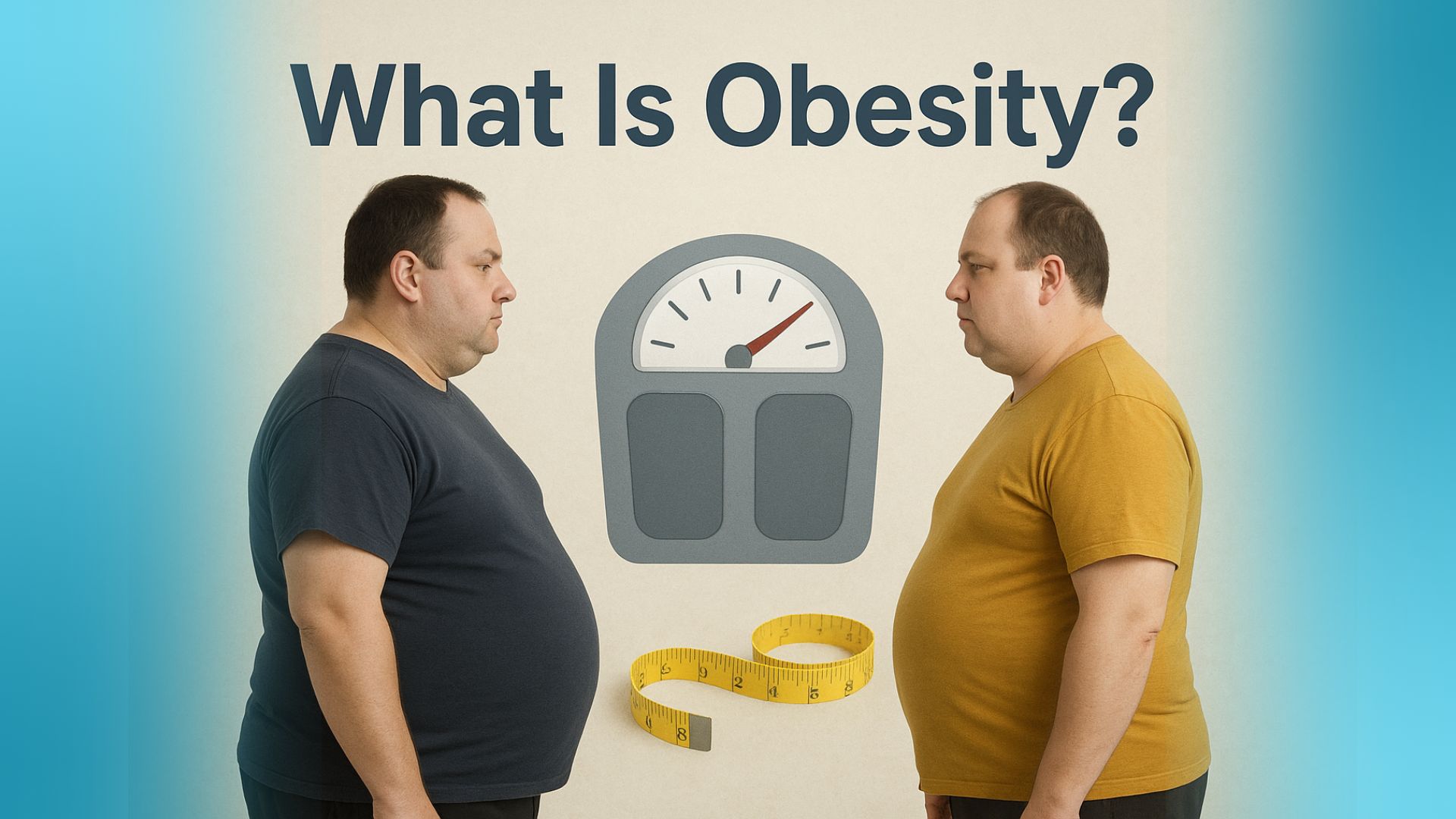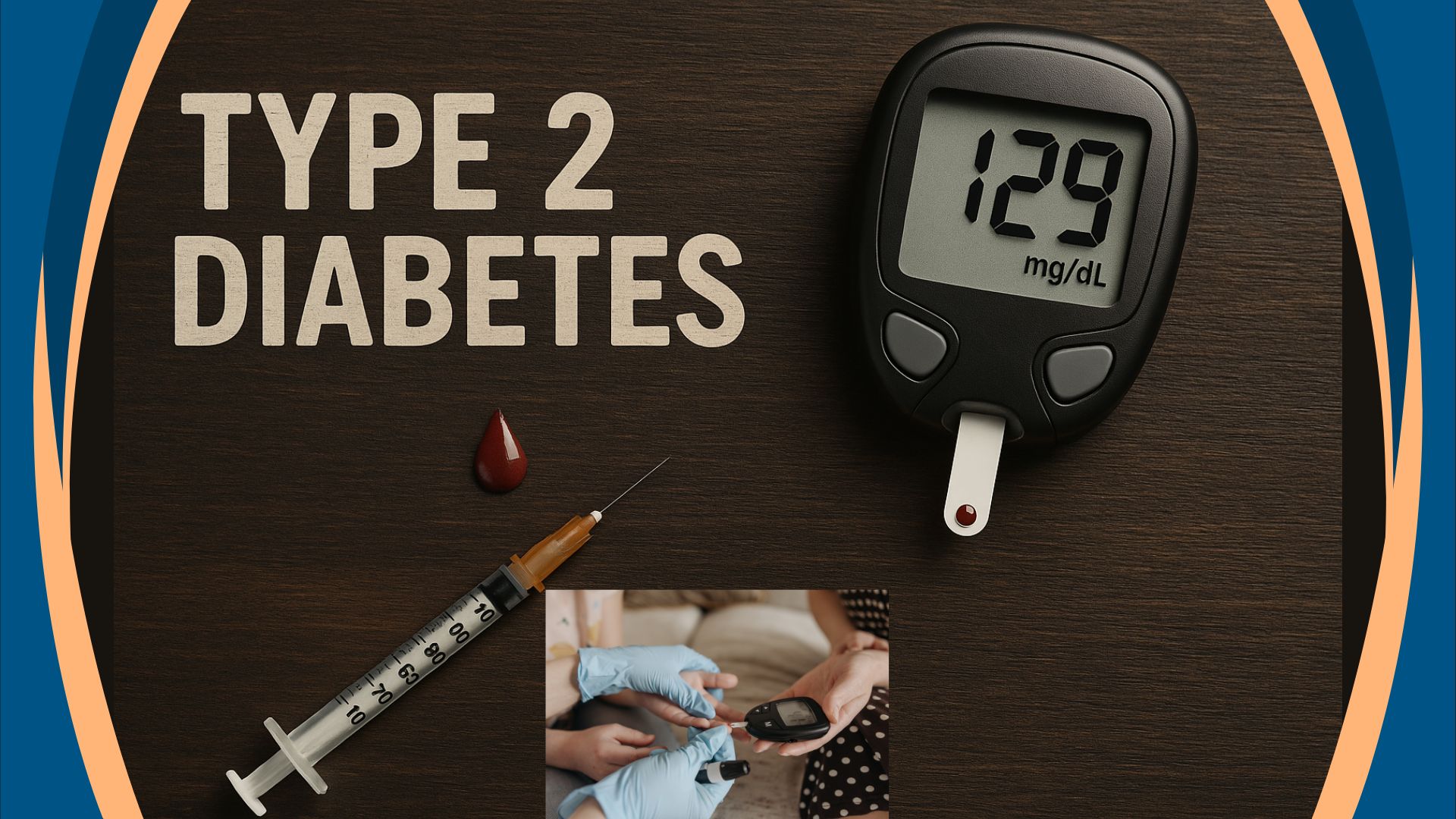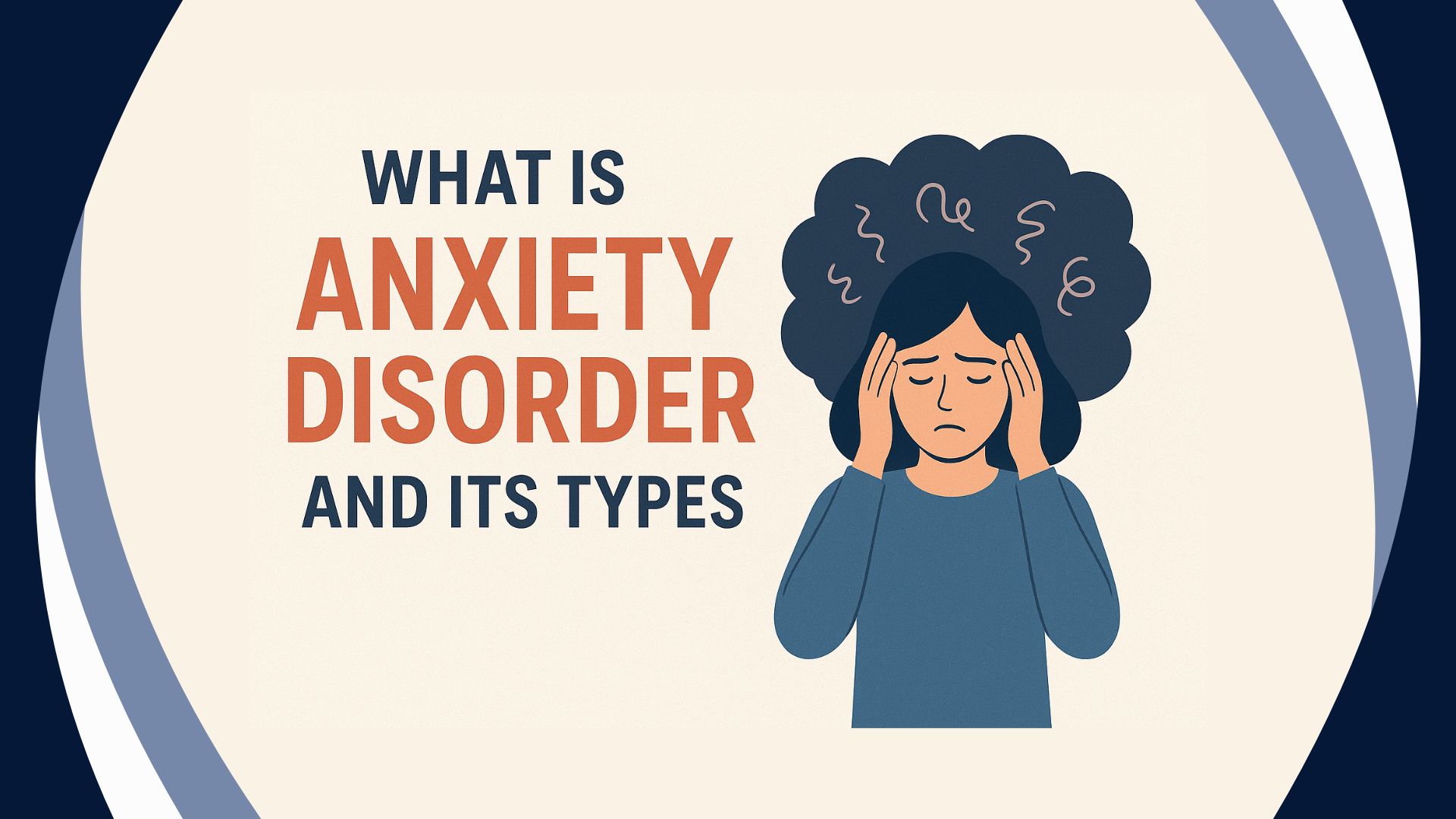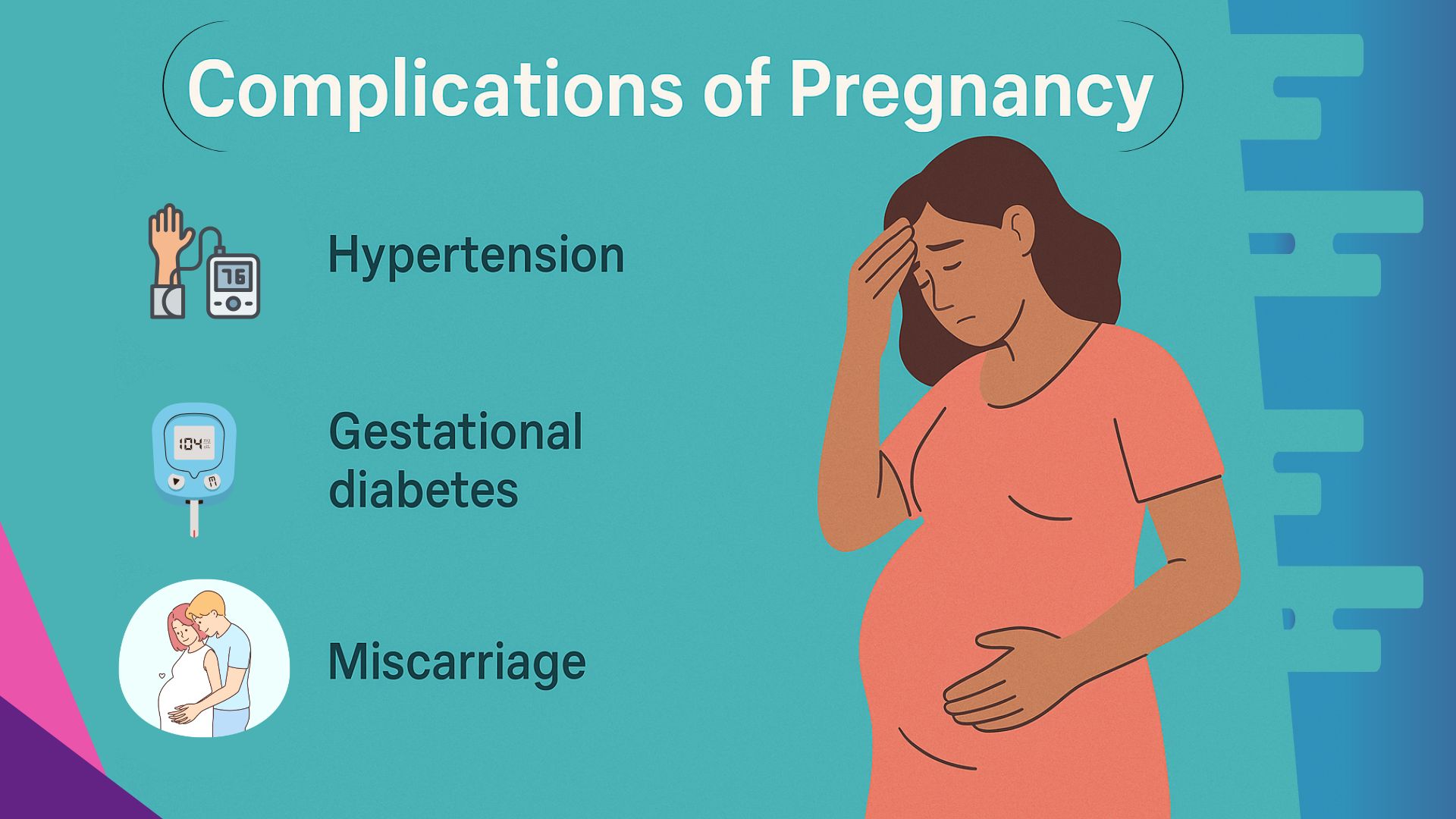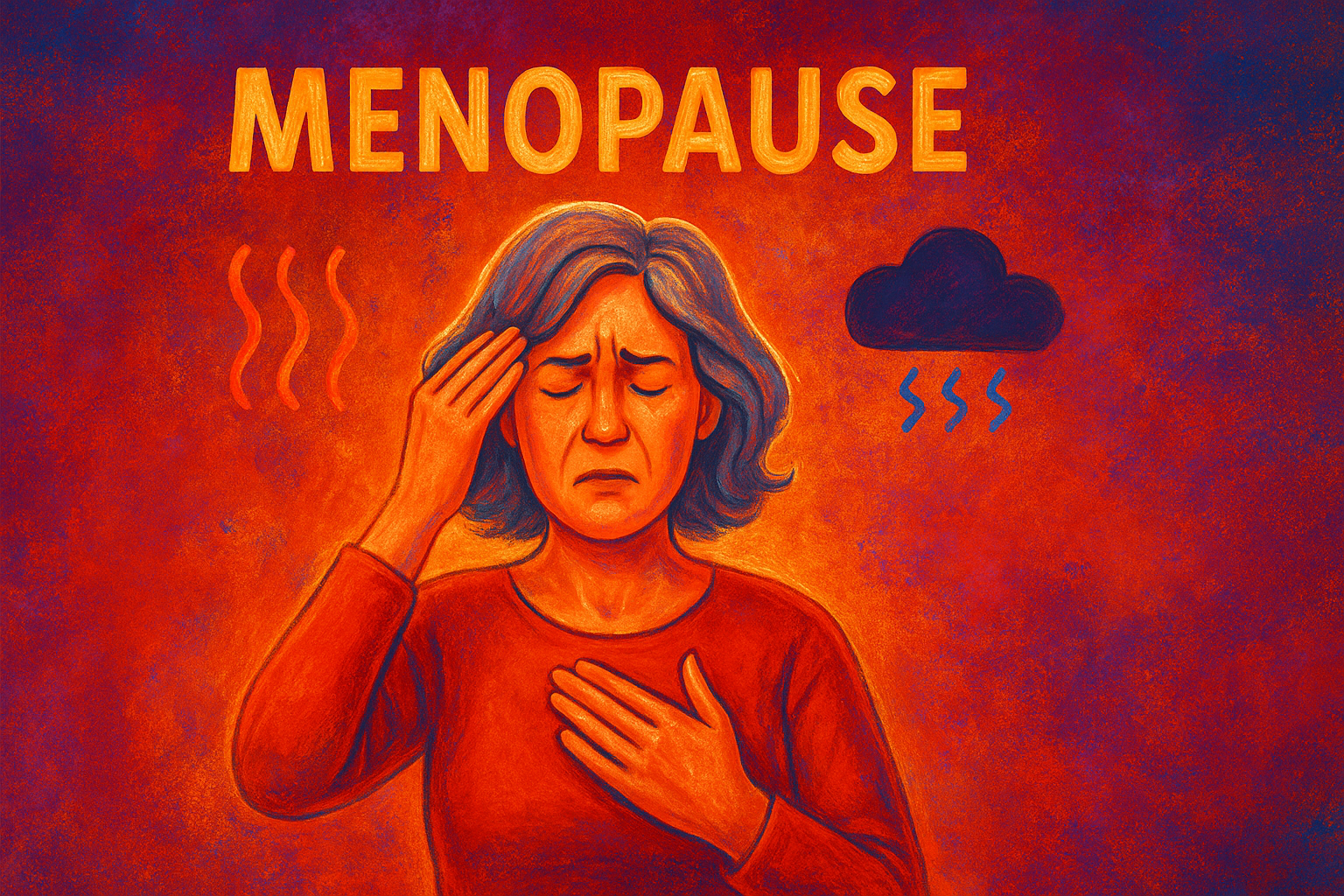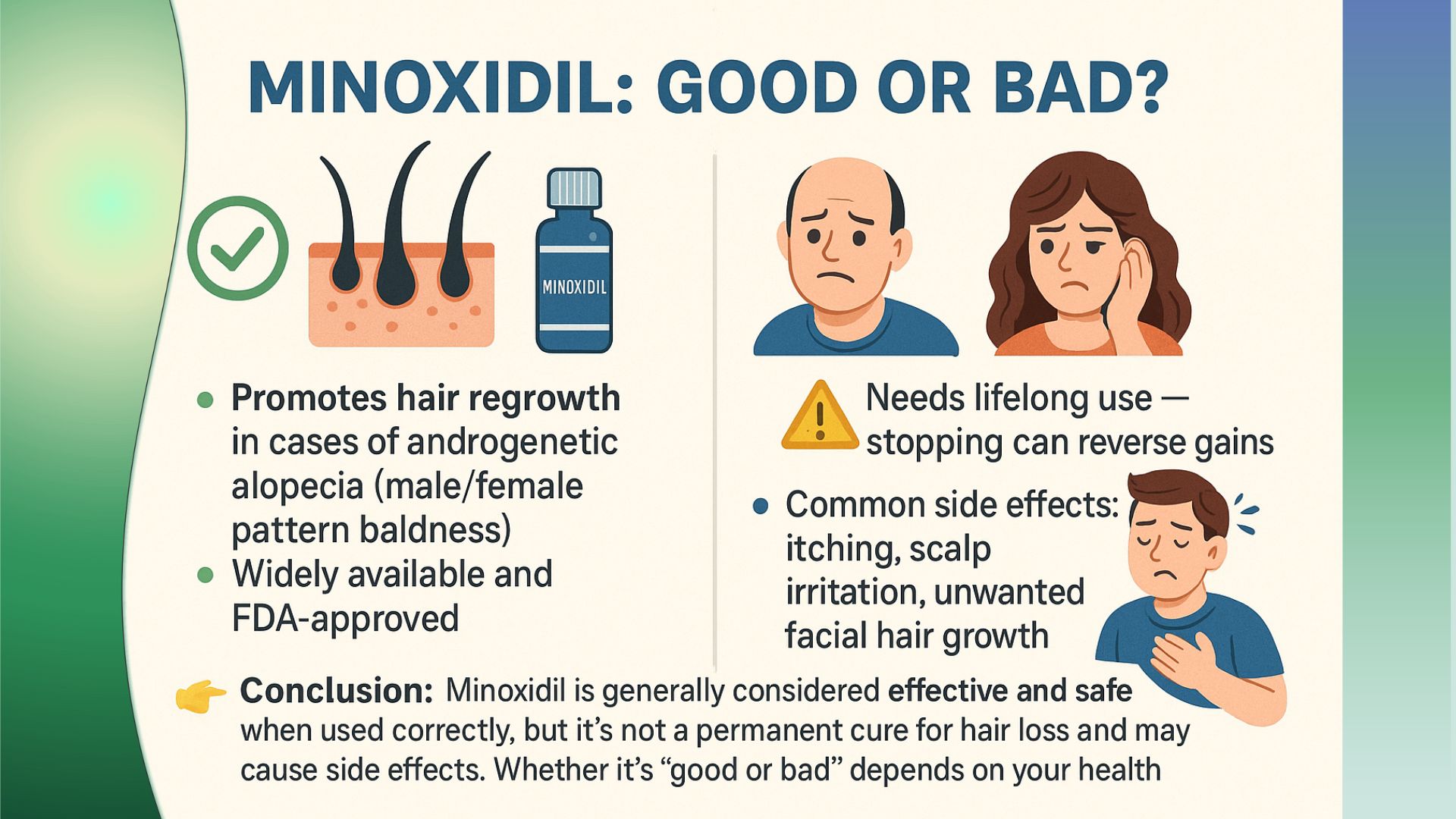Cervical Cancer
Cervical cancer is a type of cancer that starts in the cervix, which is the lower part of the uterus (womb) that connects to the vagina. Here’s a straightforward explanation:

What is Cervical Cancer?
- Location: It begins in the cervix, the narrow end of the uterus that opens into the vagina.
- Development: It usually starts with abnormal changes in the cells of the cervix. If we do not treat these changes, they can turn into cancer.
Causes of Cervical Cancer:
- Human Papillomavirus (HPV): HPV infection causes most cervical cancers. Although many types of HPV exist, some specifically lead to changes in the cervix that can result in cancer.
- Other Factors: Additionally, smoking, having a weakened immune system, and engaging in multiple sexual partnerships increase the risk.
Symptoms of Cervical Cancer:
Cervical cancer may not cause symptoms in its early stages. This allows us to identify early changes before they turn into cancer.
- Experiencing abnormal vaginal bleeding (e.g., between periods, after sex, or after menopause)
- Unusual vaginal discharge (which might be watery, pink, or have a bad odor).
- Pain during sex.
- Pelvic pain or discomfort.
Screening and Diagnosis
- Pap Smear (Pap Test): A test where cells are taken from the cervix and examined for abnormalities. This aids in identifying early changes before they become cancer.
- HPV Test: This test looks for the virus that can cause cervical cancer.
- Biopsy: If abnormal cells are found, a small sample of tissue from the cervix may be examined to check for cancer.
Treatment
Treatment depends on the stage of the cancer and may include:
- Surgery: Removing the cancerous tissue or the entire cervix.
- Radiation Therapy: Using high-energy rays to kill cancer cells.
- Chemotherapy: Using drugs to kill cancer cells or stop them from growing.
Prevention
- HPV Vaccination: A vaccine that protects against the types of HPV that most commonly cause cervical cancer.
- Regular Screening: Pap smears and HPV tests can help detect abnormal changes early before cancer develops.
- Healthy Lifestyle: Not smoking and practicing safe sex can also reduce the risk.
Preventing prostate cancer involves a combination of lifestyle choices and regular health screenings. Here are some key precautions you can take:
- Healthy Diet:
- Eat a balanced diet rich in fruits, vegetables, whole grains, and lean proteins.
- Limit red meat and processed foods. Some studies suggest that diets high in dairy might be linked to an increased risk.
- Maintain a Healthy Weight:
- Obesity is associated with a higher risk of prostate cancer. Regular physical activity and a healthy diet can help manage weight.
- Regular Exercise:
- As a result, aim for a minimum of 150 minutes of moderate aerobic activity each week, given that exercise can help maintain a healthy weight and boost overall health.
- Stay Hydrated:
- Drink plenty of water and limit sugary drinks and alcohol.
- Avoid Tobacco:
- Quitting smoking can improve overall health and reduce cancer risks.
- Screening and Early Detection:
- Discuss with your doctor about prostate cancer screening, especially if you have risk factors like a family history or are over 50.
- Know Your Family History:
- If you have a family history of prostate cancer, inform your doctor for tailored advice on monitoring and prevention.
- Consider Supplements with Caution:
- Some studies suggest that certain supplements, like vitamin E and selenium, may not be beneficial and could even be harmful.
In summary, cervical cancer originates in the cervix and is frequently associated with HPV infection. Therefore, regular screening and vaccination are essential for both preventing the disease and detecting it early.

